The verb “spring” originates from the Old English “springan,” which means to burst forth or leap. The noun for the season, fittingly, derives from that term. Each year at this time, spring enchants us with the bursting forth of blossoms and flowers – pinks, purples, whites, yellows, reds – from what which lay dormant in the preceding months of cold and longer darkness. Spring affirms life’s renewal, in all of its range of colors. Yet for sheer exuberance, is there anything more wondrous and uplifting than spring’s greens?
“Spring green” is actually a palette of many shades, thanks to nature’s process of mixing. The green of leaves and plants happens because of chlorophyll. This chemical compound is key to photosynthesis, the process that enables plants to combine the sun’s energy with water and carbon dioxide and convert them into carbohydrates as food and oxygen as the waste product. In the process, chlorophyll absorbs other wavelengths of light, such as red and blue, leaving green, which is not absorbed and is reflected to our eyes. Other pigments in the leaves – which photosynthesis uses but in smaller quantities – combine with green to create the different shades we see.
Perhaps when our beings long most for brighter color after a long winter, nature’s reward is most vibrant and enticing. Somehow by summer our eyes become quite accustomed to a green world, and we may take it for granted. As author and naturalist Hal Borland wrote, “The big leaf of any tree is so familiar that the wonder of it is lost. See it young, and that wonder is new again.” Watch a tiny leaf burst from a bud and touch it gently, and you notice its vivid green and its tender softness. Carved and curving leaves look and feel like the baby’s fingers of the plant world in detail and delicacy.
Look close-up in April and May at brand-new and young leaves or stand back and gaze at a hillside or field border full of trees newly clothed, and a cavalcade of varied greens shows itself. “Spring green” in nature’s palette has many shades: lime green, yellow-green, green-yellow, mint green, electric green, grayish green, sage green, moss green, etc., complemented by the darker greens of the evergreen trees, with their own lighter shoots of new growth.
Many feel special delight at autumn’s range of colors, yet one panel of trees in spring possesses its own amazing richness and variation. On a spring day, I once counted 14 different shades of green on a hilly shoreline flanking the Ashokan Reservoir. Those who create colors in the human world, such as the Crayola crayon makers, take important cues from nature’s diversity.
The greens of spring have much not only to show but to teach us. It’s an invitation to open our senses and see the array laid out before us in its subtlety and complexity. Borland was right when he noted that we often take the beauty of leaves for granted, given the bright colors of spring’s flowers and blossoms. And yet there they are, laid out in green finery, supple and strong, popping out of those tiny buds that withstood the winter cold.
Whether we see the beauty in the exquisite leaves or the fine blades of grass underfoot, we sense it is patience rewarded, fully alive green, evident and lush in sunshine or rain. Spring green is the answer to our “where-have-you-been?” longings, reaffirming the miracle and wonder of life’s continuity, season after season, year after year.
Below is an exploration of spring green.
Bright yellow-green
Variation on a hillside, in Rockland County, N.Y.
Variation on a shoreline, at the Ashokan Reservoir
The contrast of greens
The sun lights the leaves at Hanover Square in New York
Bright yellow-green against a backdrop of green grass
View the slide show larger in Flickr.
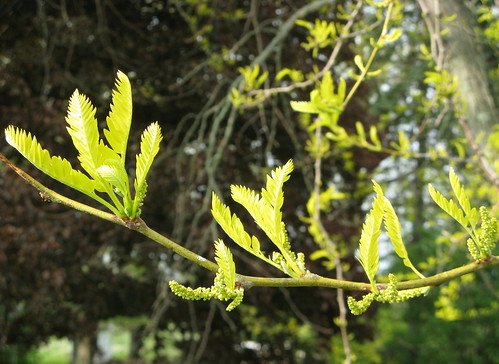
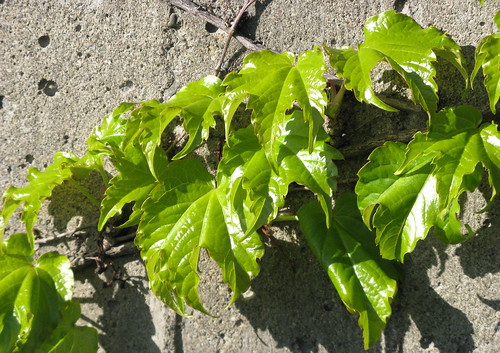
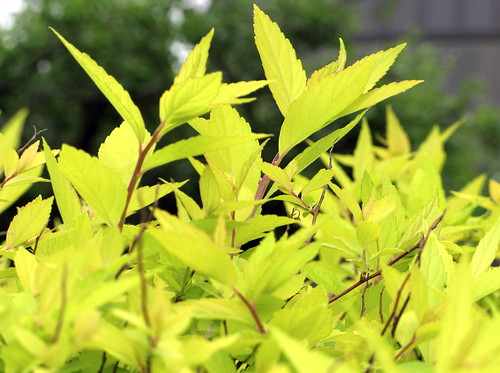
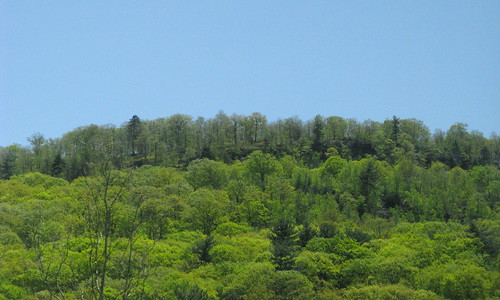
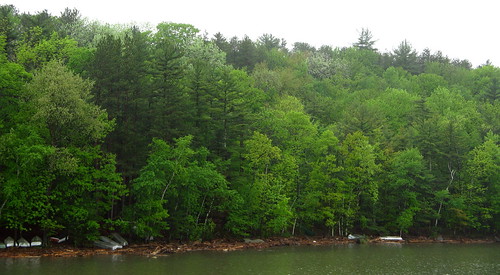
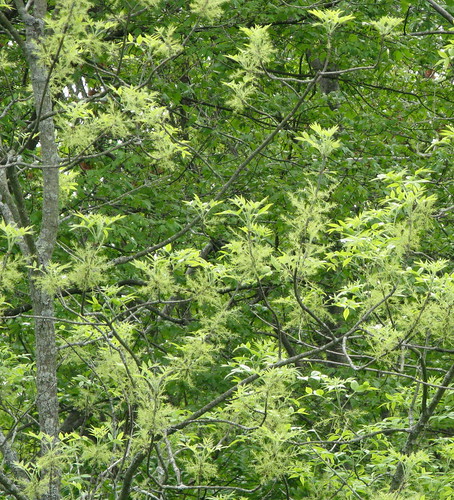
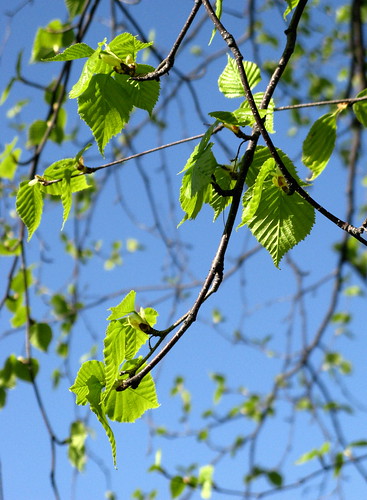
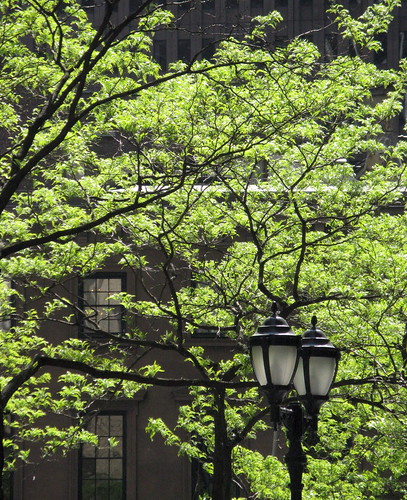
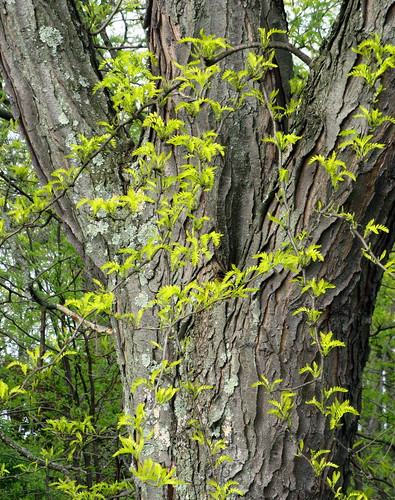
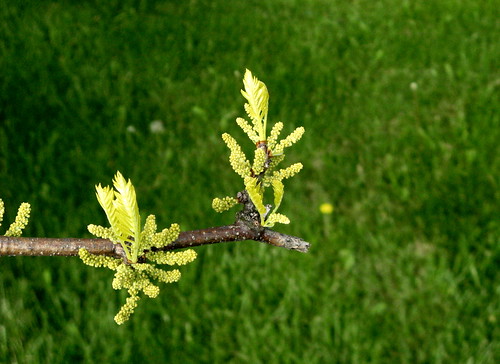



The pastels of spring are among my favorite visuals. I enjoy tracking their eruptions from sleeping buds and roots to their glorious maturation into the deep shades of summer.
Susan, I love the photo of the leaves clinging to the brick wall – nature knows that concrete needs a little help in the beauty department!
Nita,
I’m happy that you liked that photo so much! Yes, the vine definitely helped that sort of forlorn concrete wall.
Like you, I love watching the maturation, from buds popping to summer’s full leaves. I am still amazed each year at how the miracle happens in a way that our eyes can’t catch, meaning the initial popping out and the actual, slow-but-sure growth. But there it is each day: the new growth, bigger before our eyes. It never gets old!
Thanks!
Susan